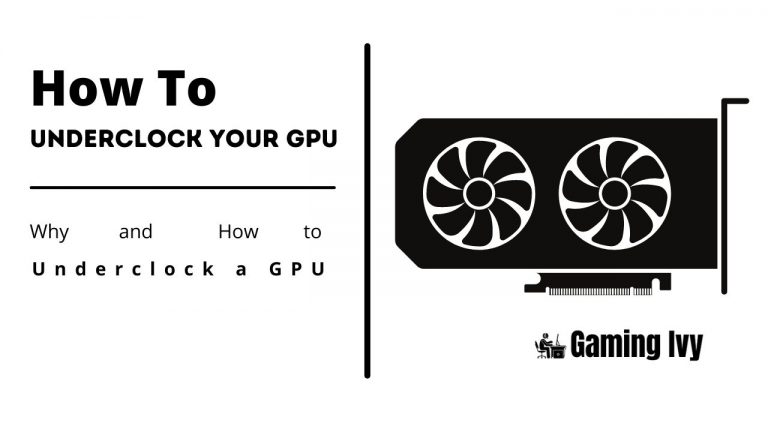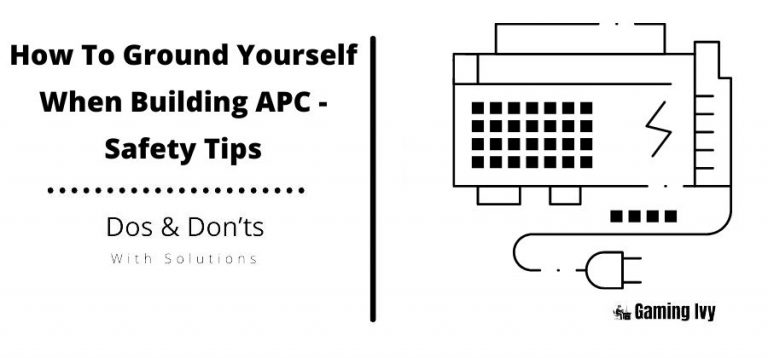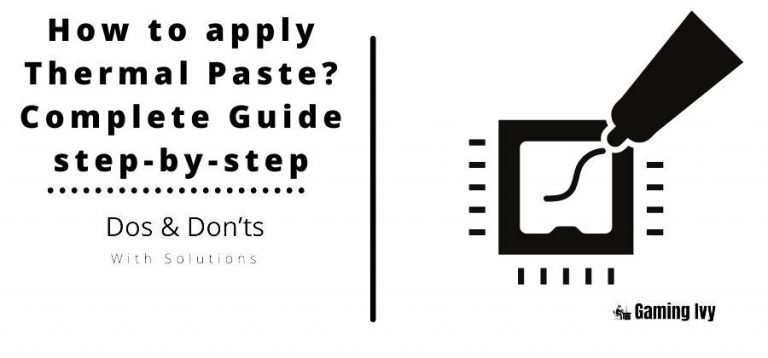What is GPU Scaling? How to turn it on or off?
If you enable GPU scaling, you can enjoy well-designed graphics and image output no matter what the resolution is. This greatly facilitates and enhances your graphical experience.
Gamers seek the most realistic visuals available. This permits us to step into a completely new world. With the advancement of technology in recent years, blurred or stretched picture output, as well as poor image resolutions, have become widespread problems.
All of these can be solved with GPU scaling. Let’s talk about what GPU scaling is and how it can benefit you before we go into the procedures to enable it.
Table of Contents
GPU Scaling Defined
GPU scaling is a feature that allows you to change the aspect ratio of the game to match your screen adjustment, which leads to the release of a high-resolution image on the screen.
If you have an AMD graphics card, you may use AMD Catalyst or AMD Radeon Graphics to modify the GPU scaling option. Later on, you’ll see a full list of steps.
You must connect your display directly to the graphics card adapter through DVI or HDMI in order to change GPU scaling.
On a 16:9 screen, games with smaller aspect ratios such as 5:4 or 4:3 will stretch the graphics. Image output is fuzzy, stretched, and poor as a result of this. Without pixelating the pictures, AMD GPU scaling modifies them to create higher image quality.
Apart from AMD, other manufacturers also provide choices for GPU scaling. Below is a list of other GPU scaling modes.
Do You Need GPU Scaling?
On a 16:9 or 16:10 screen, indie or older games with a 5:4 or 4:3 aspect ratio, or applications with such an aspect ratio, the total graphics output will exhibit weak or pixelated pictures. GPU scaling comes into play in this case. They fix the flaws in order for them to look decent on widescreen monitors and screens.
3 Types of GPU Scaling Modes
There are three ways to select from if you want to modify your GPU scaling using AMD Catalyst or AMD Radeon Graphics.
- Keep the Aspect Ratio in Check
- Resize the image to fit the entire panel
- Trimmings that are centered are recommended
Maintain Aspect Ratio allows you to play the game in full-screen mode without having to worry about the aspect ratio changing when the graphics are scaled up. The empty space in the background will be filled with black bars or a pattern.
The “Scale Image to Full Panel Size” option stretches the image to fit the screen. Because the game’s previous aspect ratio is not kept, this generally results in poor picture and graphics output.
The use of Centered Trimmings disables scaling by placing the image’s actual screen resolution in the display’s centre. The picture is surrounded by a background pattern or black bars.
Is there a Way to Remove the Black Bars?
Because there is a discrepancy between scaling and the GPU process of processing the picture, black bars appear around the image.
Fortunately, there is an Underscan/Overscan option. This adapts the image to the scaling settings and scales it appropriately for a better result.
With that in mind, let’s go over the procedures for turning GPU scaling on and off.
Method-1: Turning Your GPU Scaling On or Off Via AMD Catalyst
In this method we take simple step
- Right-click the desktop and select AMD Catalyst Control Center
- Click on the My Digital Flat-Panels option which you can see on the far left
- Select and click on the Properties (Digital Flat-Panel) option shown below My Digital Flat-Panels
- Click on the checkbox on the side Allow GPU up-scaling to open or unmark it to close it.
- Click your Preferred Scaling Mode and click Apply
- Your screen should be turned off for a moment or two to apply the changes. If it goes back, it should be a success.
Method-2: Turning Your GPU Scaling On or Off Via AMD Radeon Graphics
- Right-click on the desktop and choose AMD Radeon Settings
- Choose the Display tab from the AMD Radeon Settings window
- Click the GPU Scaling button to open GPU Scaling
- Select the scaling mode you want from the drop-down menu
- Follow this and you should experience the changes.
Is it Best to Enable GPU Scaling?
For games that run at the same resolution as the monitor’s resolution, GPU scaling is usually deactivated. Because the GPU must process the pictures to suit the scaling mode, enabling GPU scaling will cause input latency of around 1ms or less.
While this may not be noticeable in movies, gamers will undoubtedly notice delays of a fraction of a second from the time they clicked the mouse or pushed dash to avoid an assault.
Disabling GPU scaling should be acceptable unless you’re playing a game that utilizes a different resolution or aspect ratio than your monitor’s native resolution.
Is GPU Scaling Good for Gaming?
Depending on the games you wish to play, GPU scaling might be beneficial. If you want to play a unique indie game, or if you want to play old games, but your display is quite current, you should definitely use GPU scaling.
Older games and apps were created with different aspect ratios in mind, such as 5:4 and 4:3. As resolutions have improved and customer preferences have shifted, these aspect ratios are mostly obsolete. Although 5:4 monitors are still available, if you’re a gamer, you’ve probably already invested in a larger, more sophisticated display.
When you try to play older aspect ratio games on a contemporary 16:9 or 16:10 display, the image is stretched uncomfortably to match the new aspect ratio, resulting in highly pixelated or fuzzy visual quality.
GPU scaling changes the aspect ratio of an old game or program to accommodate your wide screen monitor, resulting in a far more acceptable image.
If you’re exclusively playing recent AAA games, though, there’s no need to do any GPU scaling because their native resolution is likely to match your monitor.
Final Verdict
If you learnt a new thing today then please don’t forget to share this article with others. If you have any questions or suggestions for us, please feel free to write it in the comment section down below.
Thanks






